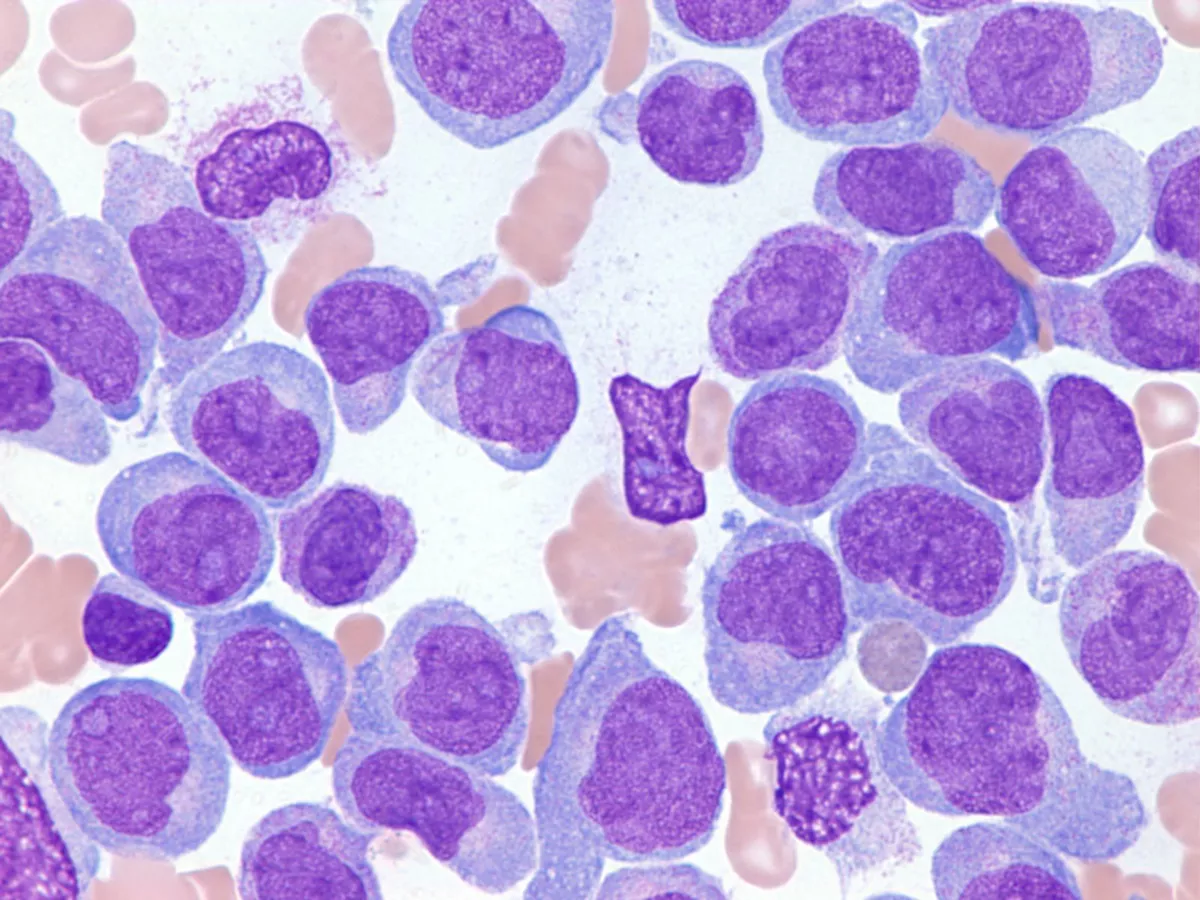Science & Technology, Australia (Commonwealth Union) – Researchers from the University of Newcastle have discovered the procedure for acute myeloid leukaemia (AML) cells form ‘free radicals’ a by product that can actively enhance cancer cells growth and negatively impact present treatments.
The study was conducted by the University of Newcastle and Hunter Medical Research Institute (HMRI), where scientists further marked a strategy to silence the formation of free radicals in leukaemia cells, in turn strengthening their response to present treatments utilized for leukaemia patients.
The formation of Reactive Oxygen Species (ROS), also referred to as free radicals, is a required and expected byproduct of cell processes inside the human body.
ROS are formed by the transfer of electrons from one molecule to another, a process known as oxidation. In cells, ROS are produced primarily in the mitochondria as a byproduct of cellular respiration. Other sources of ROS include the endoplasmic reticulum, peroxisomes, and the plasma membrane. Additionally, ROS can be generated by environmental stressors such as radiation, pollutants, and toxins.
ROS overproduction can cause damage to cells by reacting with DNA, lipids, and proteins. When ROS react with DNA, they can cause mutations and lead to the development of cancer. ROS can also oxidize lipids, which can lead to the formation of plaques in arteries and contribute to heart disease. Oxidation of proteins can result in their inactivation or degradation, leading to a loss of cellular function.
Antioxidants are molecules that can neutralize ROS and protect cells from oxidative damage. Antioxidants can be produced within the body, such as glutathione, or obtained from the diet, such as vitamin C and vitamin E. These molecules can act as scavengers, donating electrons to ROS and neutralizing their reactivity.
Imbalances in ROS production and antioxidant defense mechanisms can lead to oxidative stress, which has been implicated in a variety of diseases, including cancer, Alzheimer’s disease, Parkinson’s disease, and diabetes. Research has shown that maintaining a balance between ROS and antioxidants is crucial for optimal cellular function and health.
Researchers indicated that for cancer, malignant cells become addicted to ROS, utilizing its destructive power to result in continual alterations to cell growth and survival mechanisms, making them almost not possible to treat. Cancer cells further apply ROS to amplify their growth via oxidation of proteins needed for energy.
Biomedical scientist, University of Newcastle Associate Professor Mat Dun indicated that reports of larger amounts of ROS in cancer had elevated in frequency in recent years, but prior to the present, the specific mechanisms playing a role, were poorly known.
“We set out to investigate the source of ROS in leukaemia cells and how ROS influences leukaemia cell growth, survival and response to anti-cancer therapies.
“Importantly, we believed that if we could identify the way in which ROS was perpetuating the malignancy, we could find a way to mitigate ROS production and control or reduce leukaemia cell growth and survival,” explained Associate Professor Dun.
This was 1st instance the impact of ROS or free radicals has been characterized across the whole ‘proteome’, of acute myeloid leukaemia.
Associate Professor Dun indicated that as ROS was assumed to be a significant component in just about every type of cancer, their discovery may possibly be successful for other types of cancer.
“Anti-cancer drugs typically work by targeting proteins, making our finding highly informative in leukaemia research circles, which we hope will translate to improved survival for future leukaemia patients.”
Conducting this study had the researchers apply the specialist method ‘high resolution proteomic profiling’. These included the role of evaluating the range of proteins within blood cells from patients having acute myeloid leukaemia versus healthy blood cells, as it is proteins which maintain the ways cells grow and react to, or block, cancer therapies.








